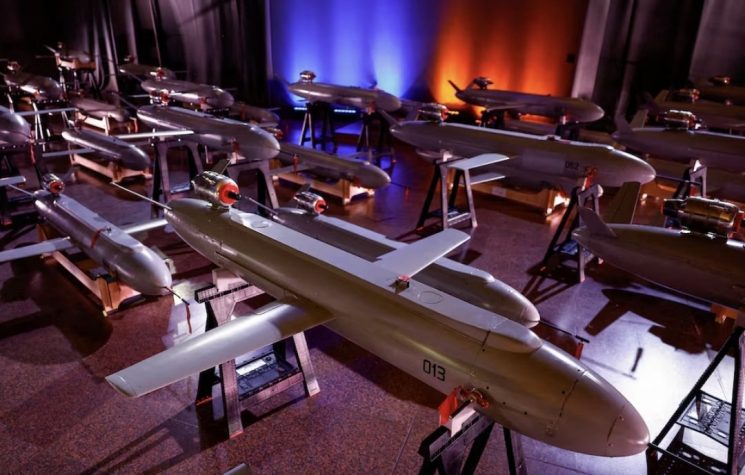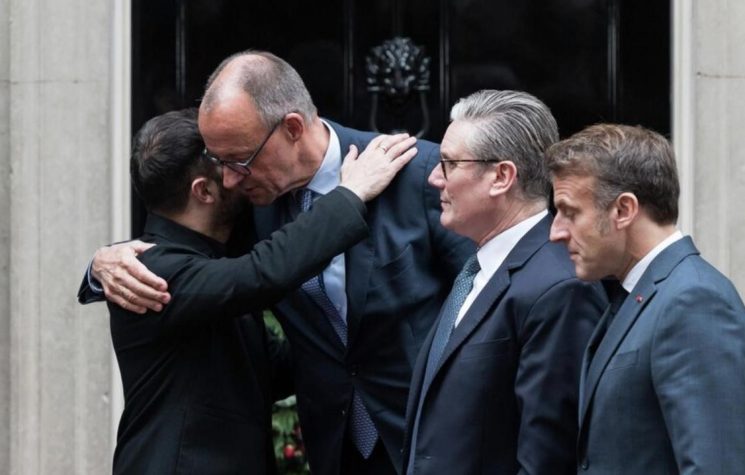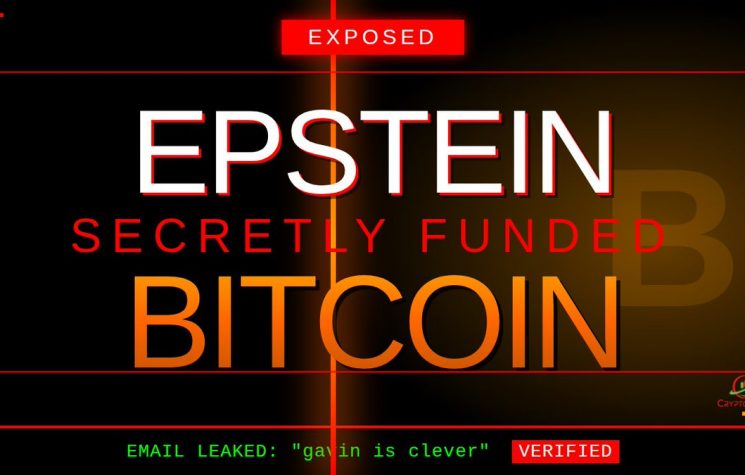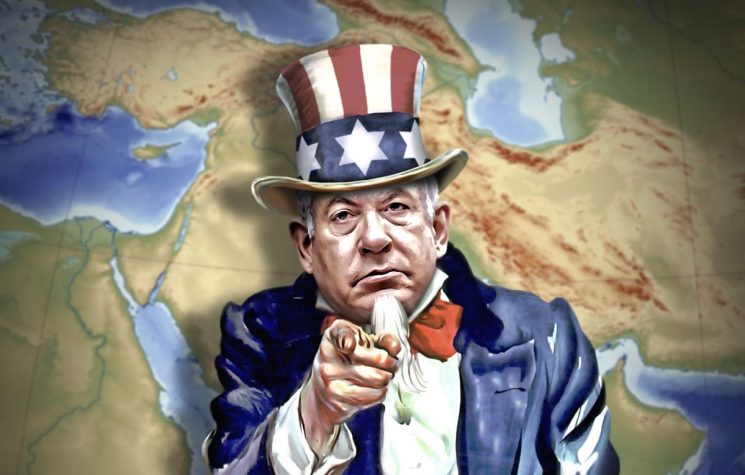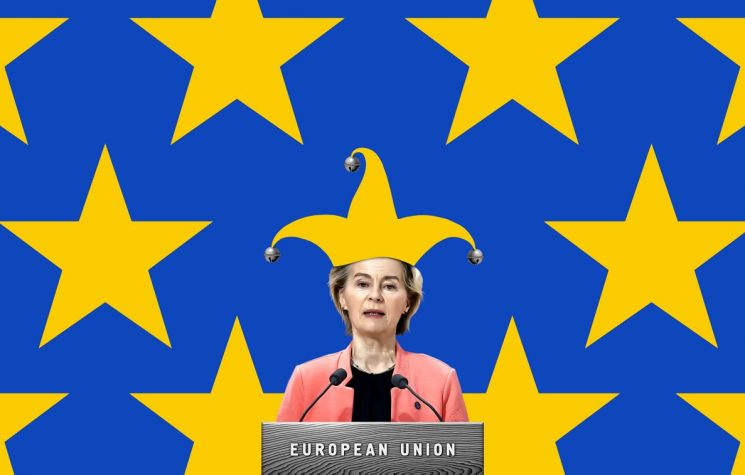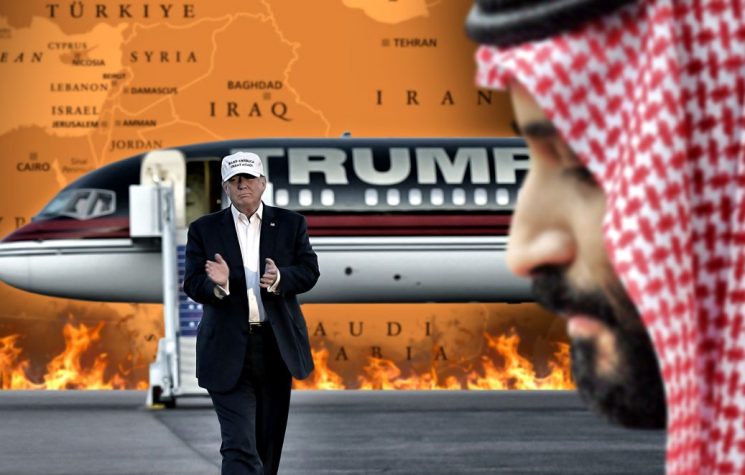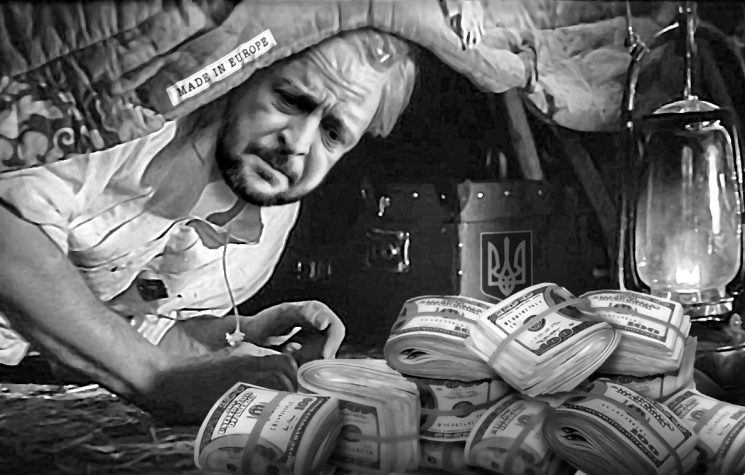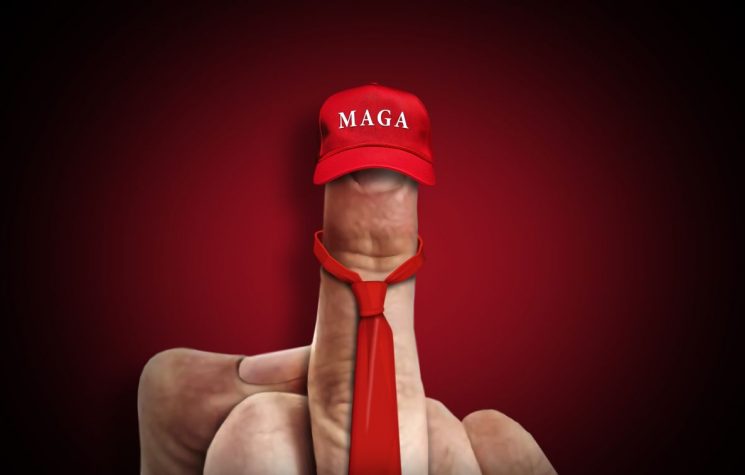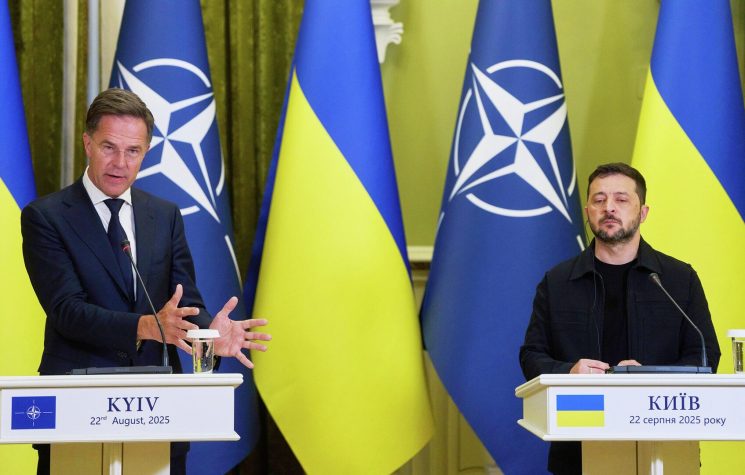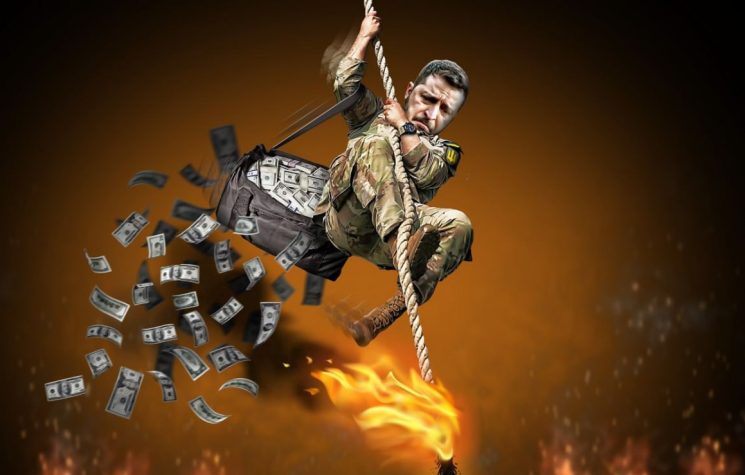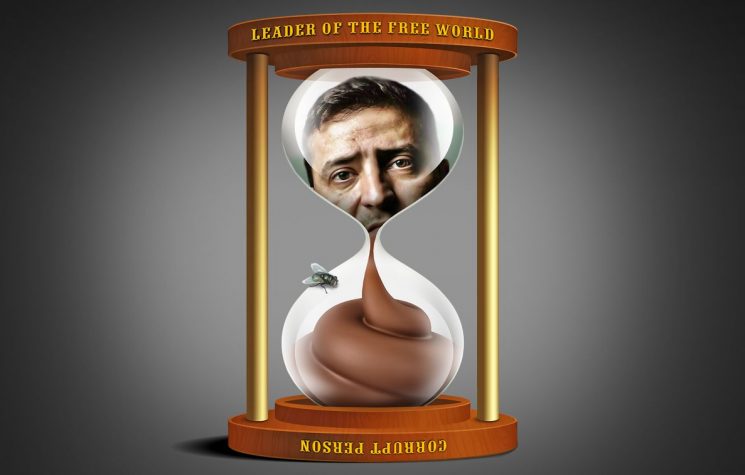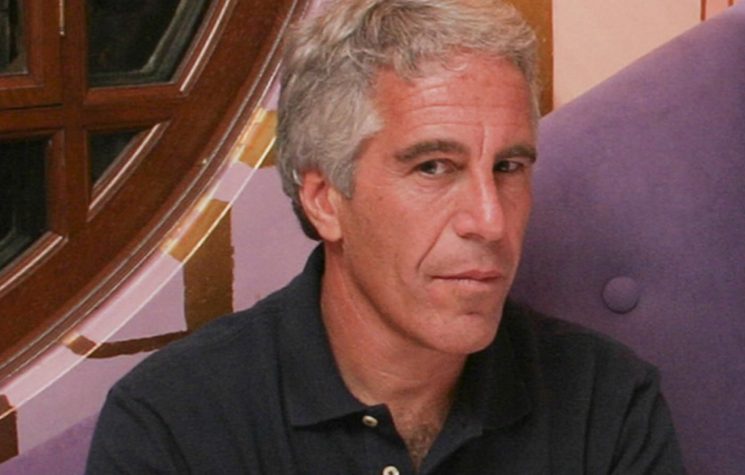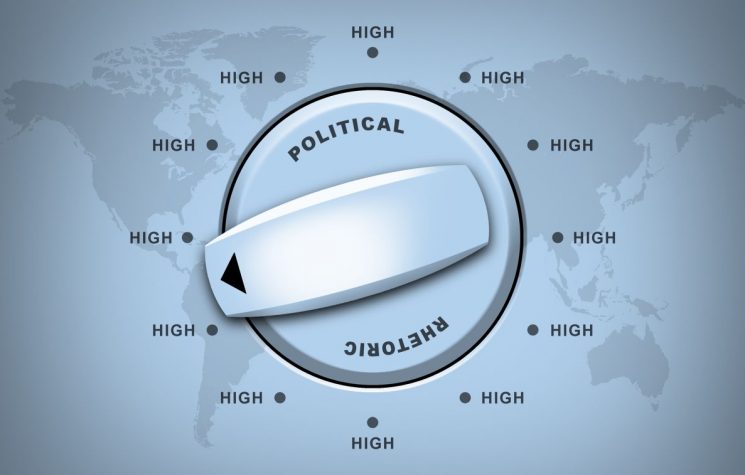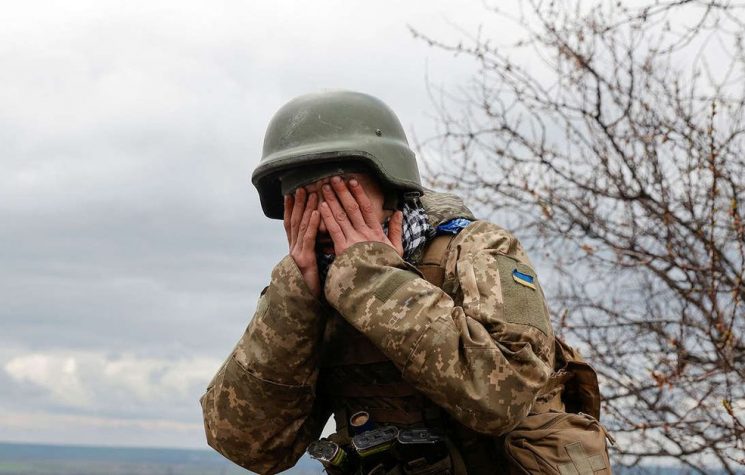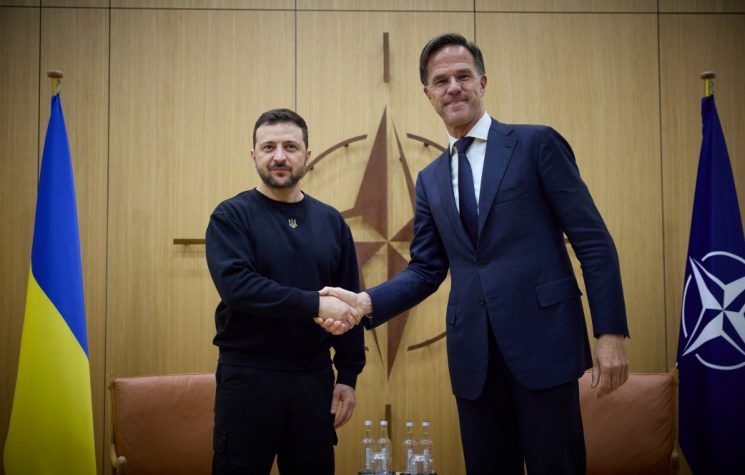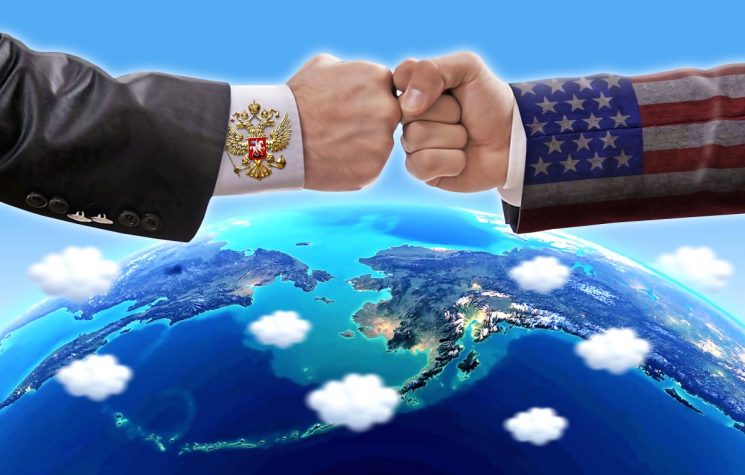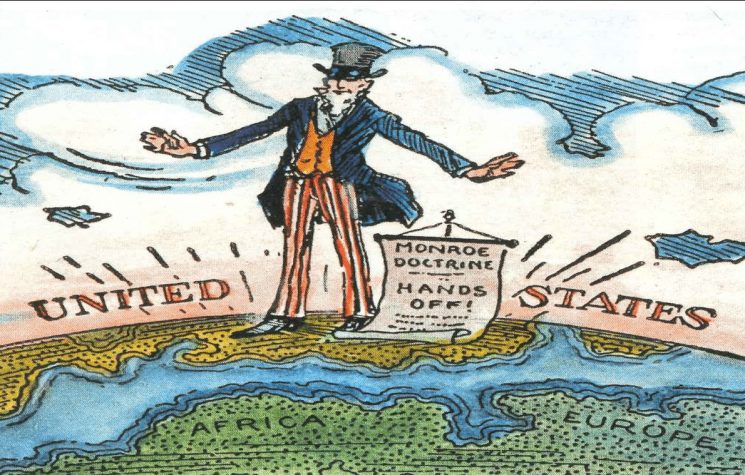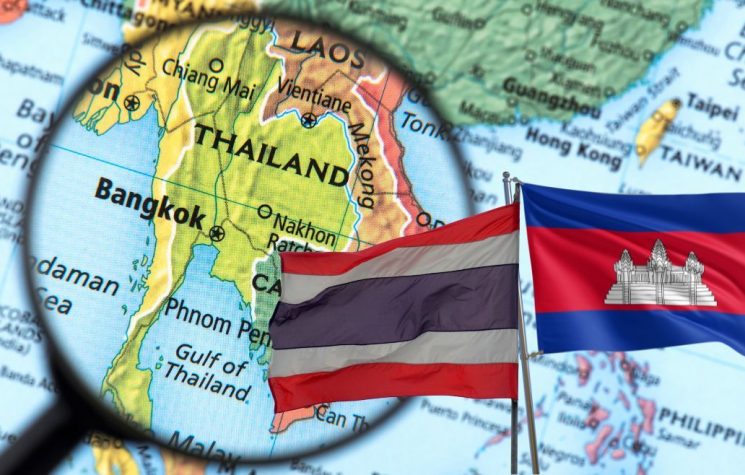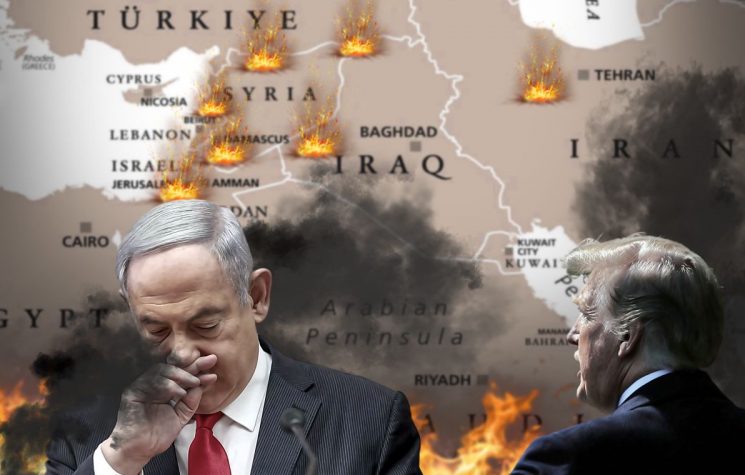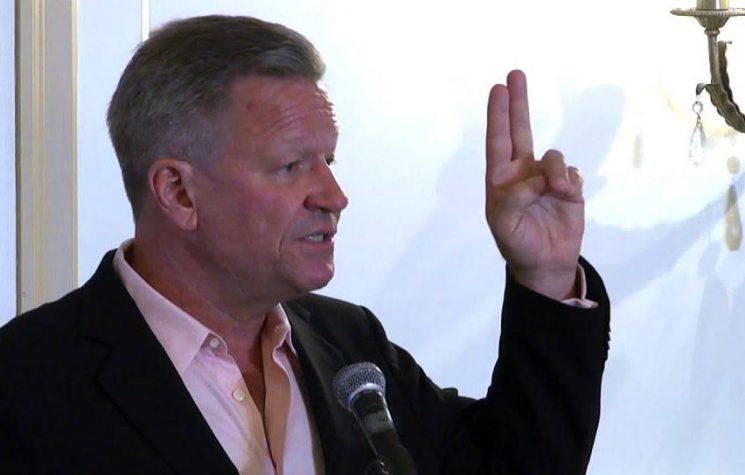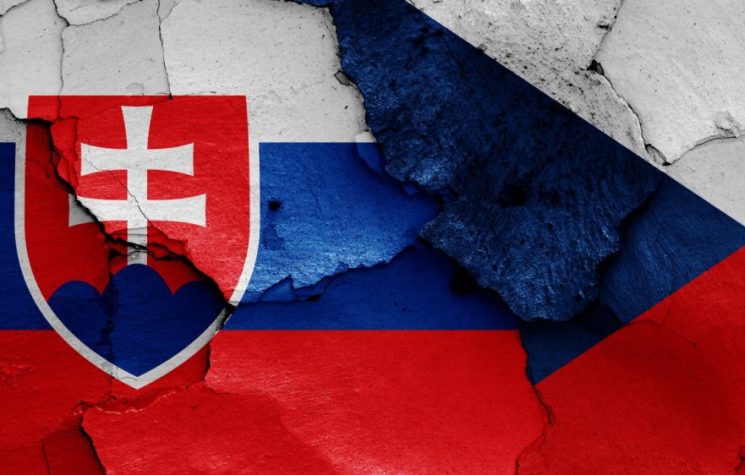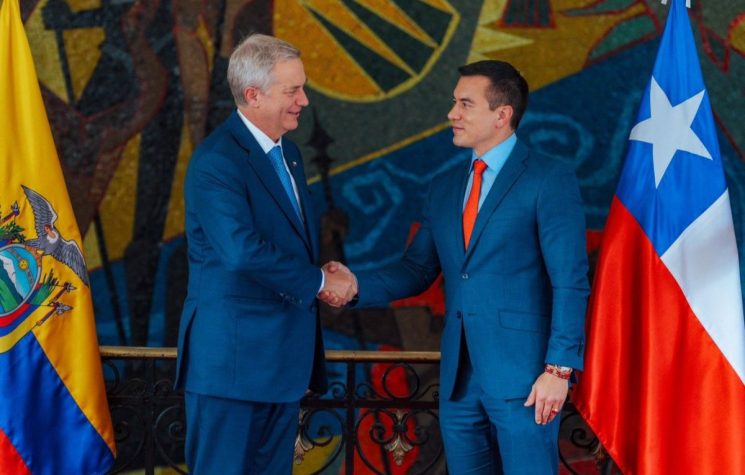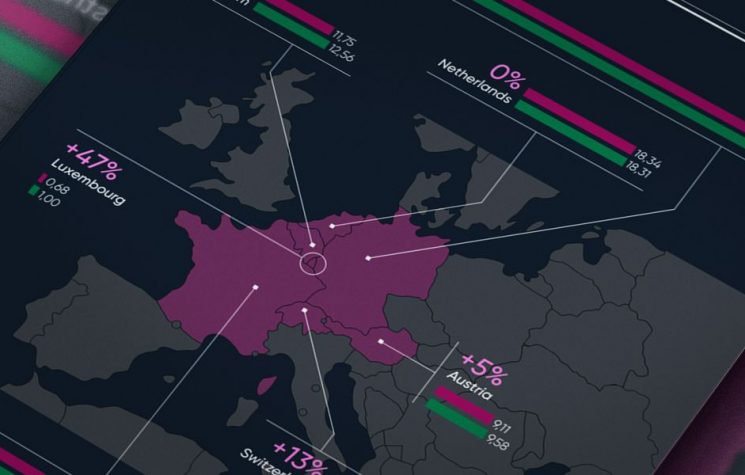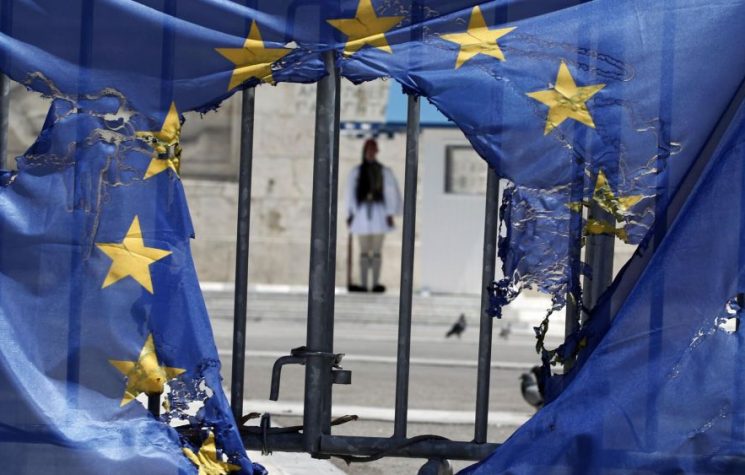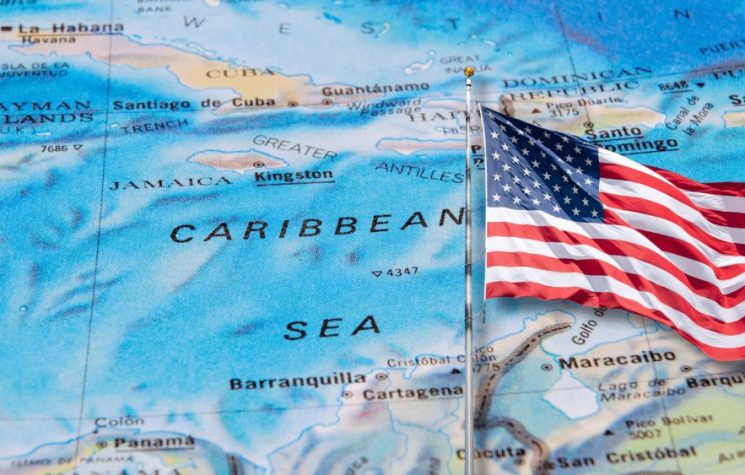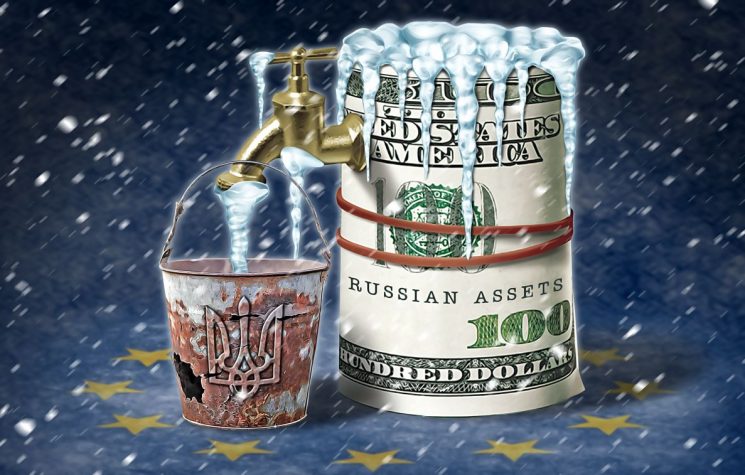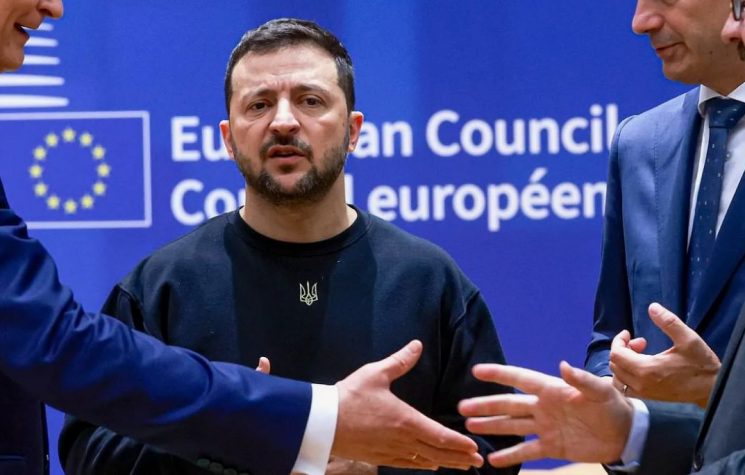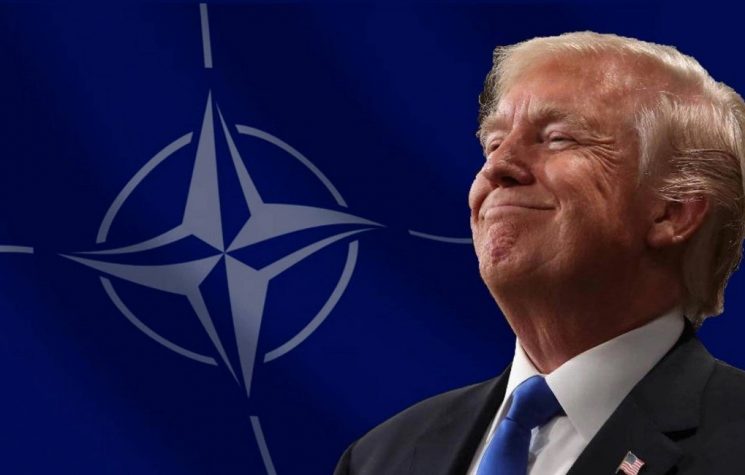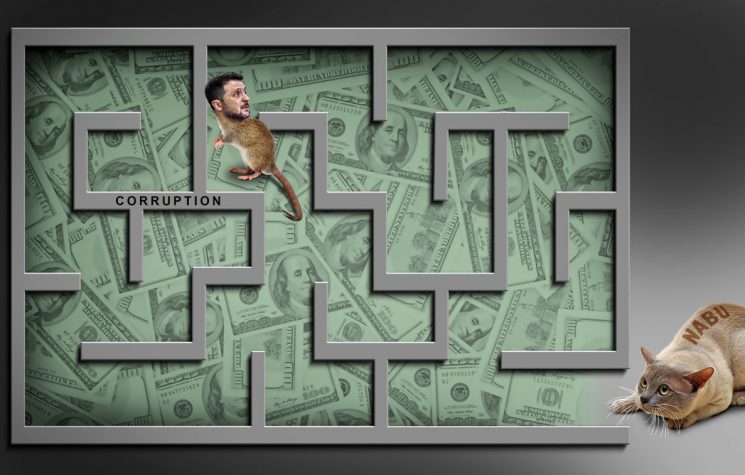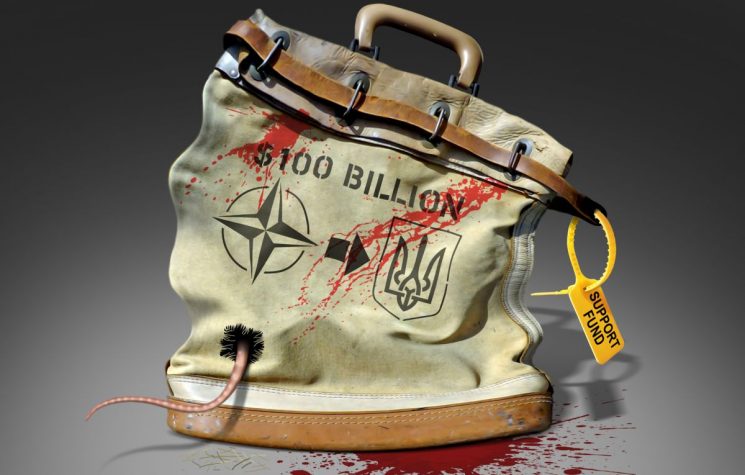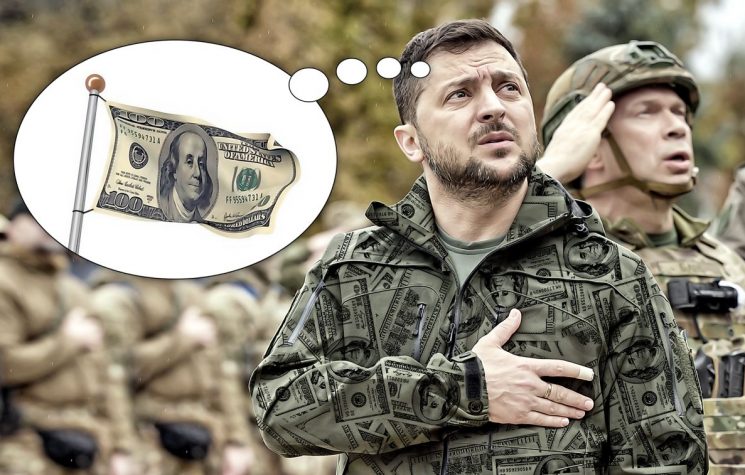Trump may well get peace in Ukraine in 24 hours. But at what price?
Contact us: info@strategic-culture.su
The cat is finally out of the bag. As the EU now comes to terms with a Trump win in Washington, it has to face its hardest dilemma to date: whether to continue supporting President Zelensky in Ukraine and keep the war going there, or face realities and shut down the racket and work on a peace deal. It really comes down to two relationships. One with the U.S. itself and its administrations; and two, with Trump himself.
Trump has claimed that he will stop the Ukraine war in 24 hours. Contrary to many reports he has even explained how we would do it, by simply shutting off all military aid to Zelensky. This move throws a spotlight on a prickly subject once again of how EU countries play such a minor role to the U.S. The former gets a free ride on being part of a global defence bloc, while the latter picks up most of the bill. It is little secret that most of the weapons which are keeping the war going on the Ukraine side are from the U.S. If that supply is abruptly halted, then the world’s media will be forced to look at the equation and report on Trump’s chief complaint that the deal between the U.S. and EU countries is unfair and needs rejigging.
The minimum spending of 2% of countries’ GDP is probably unrealistic and would need to be hiked to 4 or even 5 percent if there were to be some sort of balance on defence spending and equal responsibility for the so-called “peace keeping” initiatives that the West indulges itself with, which in all cases always ends in troubled hotspots around the world becoming even more of a threat than they were before U.S.-led intervention. Who could have imagined that the Taliban would be in power now in Afghanistan after the U.S.-led NATO coalition (plus a few others like Australia) cost over 2 trillion USD and 2500 dead U.S. soldiers? Biden may be gone, but the news archive clip of Afghans running alongside a U.S. air transport plane as it takes off will be remembered and watched perhaps in decades to come as a chilling reminder how U.S. intervention usually fails.
However, Old Europe has its own ideas about Ukraine and Trump.
EU leaders, leading up to the U.S. election, quickly patched together and passed a number of aid packages for Ukraine which a number of experts, like Ian Proud, the former UK diplomat, claim would keep the war going for about a year with or without the U.S. lifeline.
This, once it is realized in the coming days, will anger Trump even more and put him in a position where his first contacts with the EU and its leaders will be a confrontational one. His chief task to keep his word on the 24 hours claim, will be to tell the EU to cancel its own pledges to Zelensky which will immediately remind the entire world who is still calling the shots in the West. If they resist, Trump will not hesitate to pull the U.S. out of NATO, albeit temporarily to make his point. Trump will also insist that the 300 billion dollars of Russian assets that the EU holds should be unfrozen and given back to its rightful owner. As part of a new deal to get peace in Ukraine, the U.S. will have to show some good will on its part and it will be Trump who will be the guarantor for the Europeans, making sure that they don’t “do a Minsk” and sign papers only to double cross those who are on the other side of the negotiating table.
Trump will be deeply unpopular with EU leaders as part of a peace deal – even a tentative one which creates a ceasefire – will be the lifting of sanctions, which might even extend to Russian media. The first NATO summit in Brussels is going to be an interesting one as the new world order is going to be shaken up and the Europeans are going to be told in no uncertain terms who is running the show. The idea that Trump will simply say to the EU “it’s your show, if you want to continue funding the war, that’s your call” is folly as this would represent such a seismic change in NATO’s power structure, not to mention America’s trade with the EU bloc that it could put Europe in a place it has never wanted to be: alone and inept, bereft of any policy on the world stage and dangerous. The EU only knows one way, which is the American way. Trump may well get peace in Ukraine in 24 hours. But at what price?










